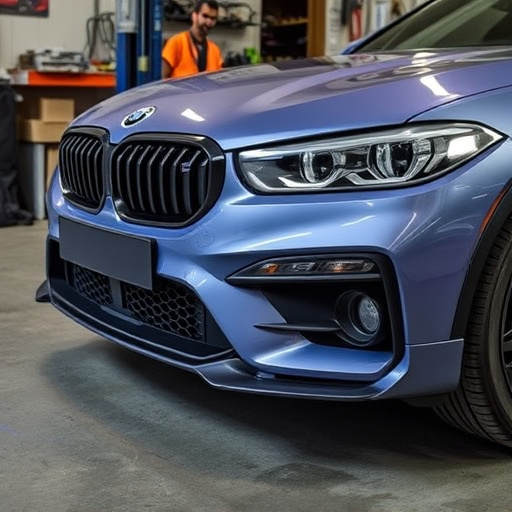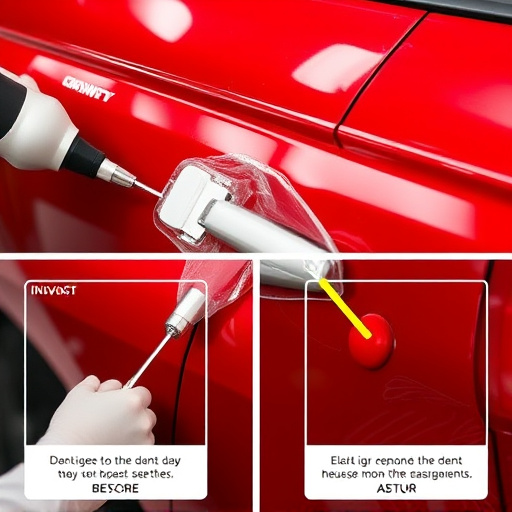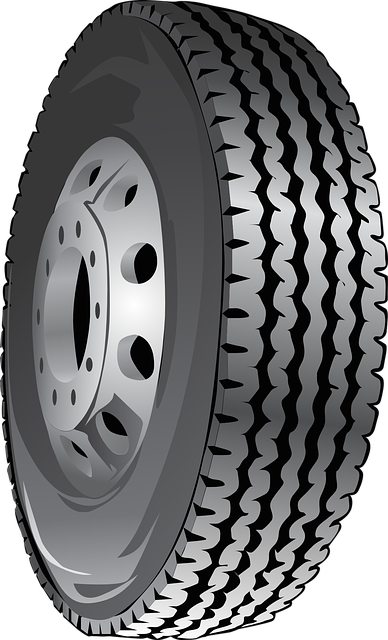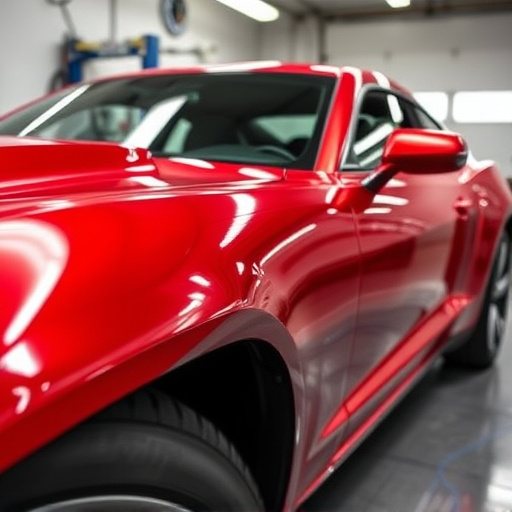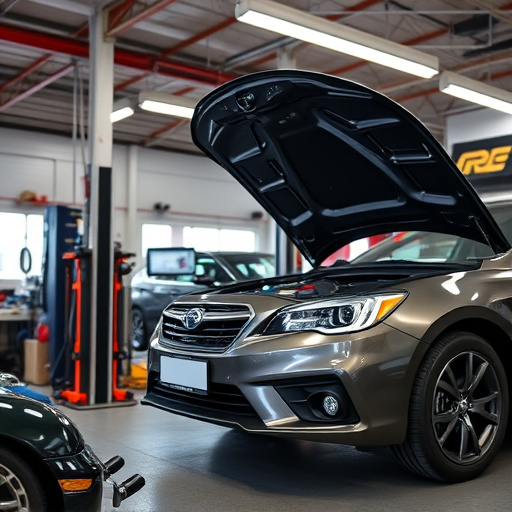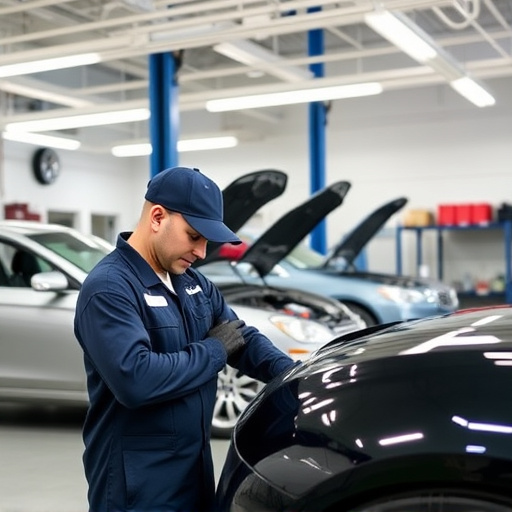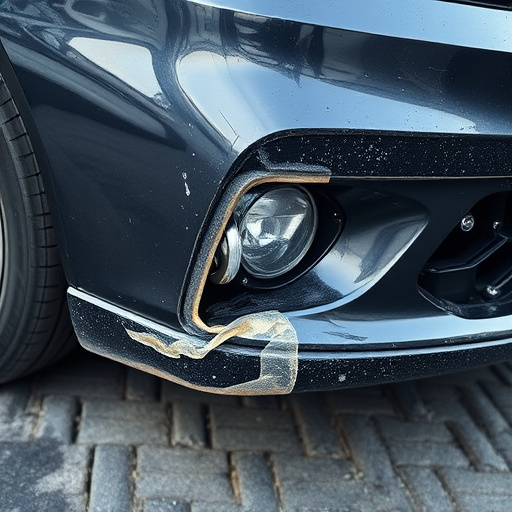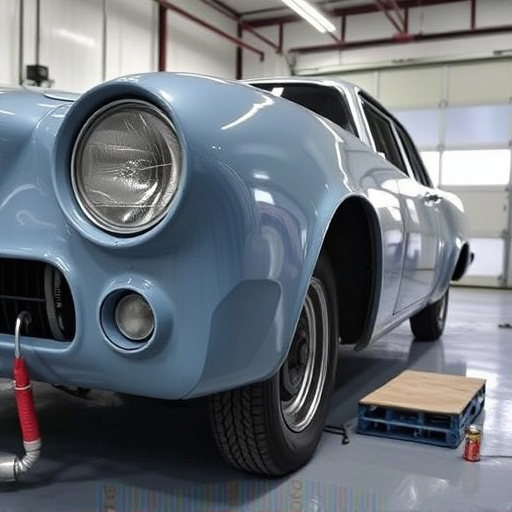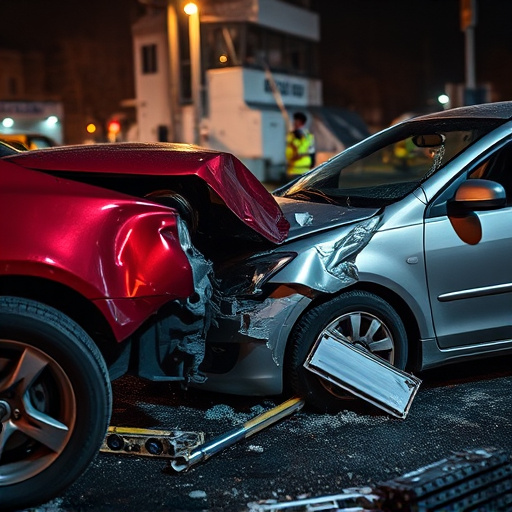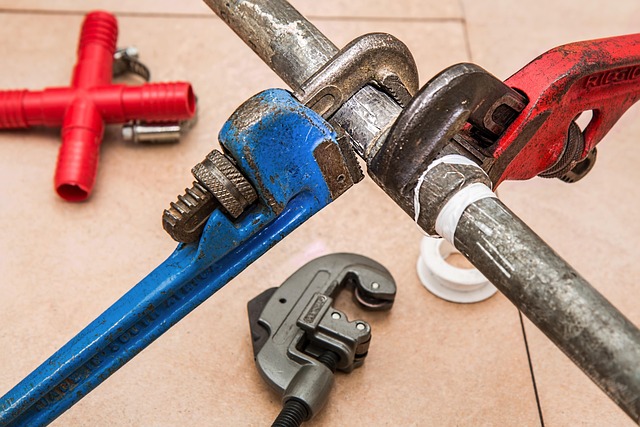Selecting the right PDR equipment is vital for auto body shops offering Paintless Dent Repair (PDR) services, as it directly impacts efficiency, productivity, and customer satisfaction. Shops should invest in diverse tools ranging from mini-pulley systems for small dents to powerful pneumatic hammers for larger damage, prioritizing ergonomic designs and reputable manufacturers. This ensures technicians can handle various repair needs, ultimately enhancing the quality of cosmetic results.
In the realm of auto body repair, Professional Detailing and Repair (PDR) equipment is an indispensable asset. This article delves into the essential tools every well-equipped shop should possess, highlighting the key considerations when selecting the right gear for diverse repair needs. From versatile PDR guns to must-have accessories, we explore how top-tier equipment enhances productivity and workmanship. By investing in premium PDR tools, auto body shops can realise long-term benefits, including reduced downtime, faster turnaround times, and higher customer satisfaction.
- Choosing the Right PDR Tools for Different Repair Needs
- – Key considerations when selecting PDR equipment
- – Types of tools for various auto body repair tasks
Choosing the Right PDR Tools for Different Repair Needs
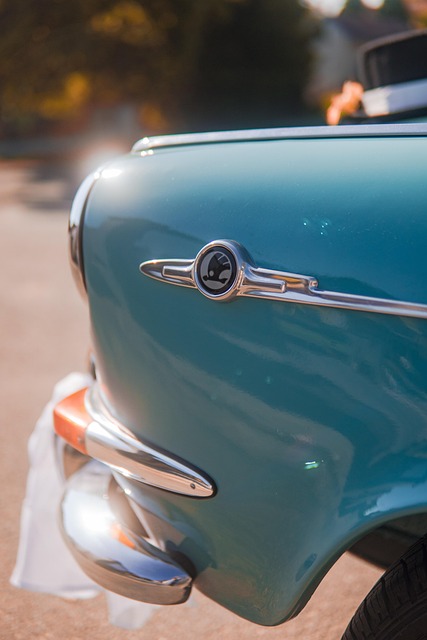
Selecting the appropriate PDR (Paintless Dent Repair) tools is paramount for any auto body shop offering this service. Different repair needs require distinct tools to ensure optimal results. For instance, smaller, more precise dents might call for a specialized mini-pulley system, while larger, deeper dents often necessitate powerful pneumatic hammer tools.
Consider the variety of damage encountered in an auto body shop—from minor door dings to significant fender bends. Investing in a comprehensive set of PDR equipment catering to various issues will enable technicians to handle a wide range of vehicle repairs efficiently. This not only streamlines operations but also enhances customer satisfaction by delivering high-quality, cosmetically sound vehicle body services.
– Key considerations when selecting PDR equipment
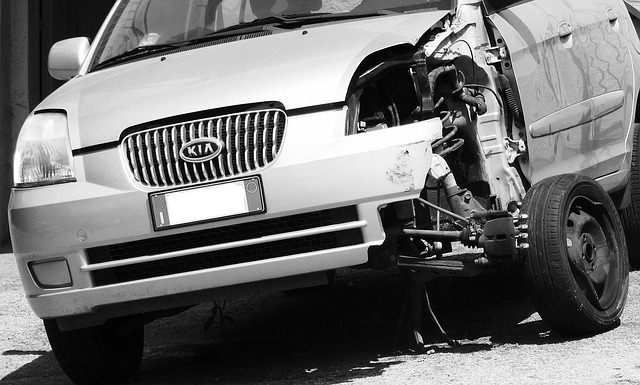
When selecting PDR (Paintless Dent Repair) equipment for an auto body shop, several key considerations come into play. First and foremost, evaluate the specific needs of your collision center or vehicle repair facility. Different types of dents and damage require varied tools, so assessing the range of services you offer is essential. Look for equipment that can handle a wide array of dent sizes and shapes, from minor fender benders to more complex panel deformities.
Additionally, consider ease of use and ergonomics, as technicians spend long hours on their feet. Lightweight, ergonomic designs and intuitive controls can significantly enhance productivity without compromising quality. Another vital aspect is the reputation and warranty offered by the manufacturer, ensuring reliable performance and dependable support for your auto glass repair and other PDR services.
– Types of tools for various auto body repair tasks
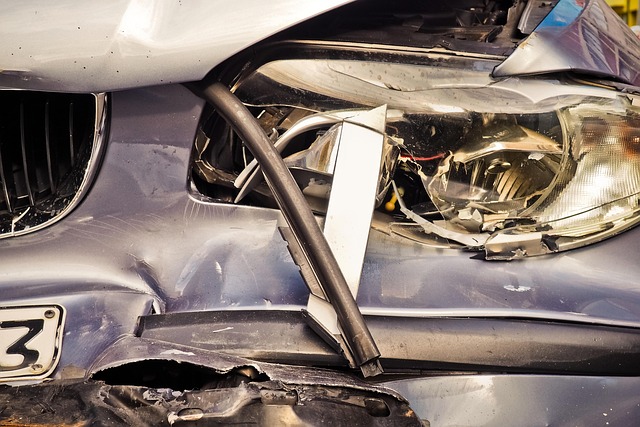
Auto body repair shops require a diverse range of PDR equipment to efficiently handle various tasks, from minor dents and scratches to more complex collision repairs. Among the essential tools for daily use are plastic dolly kits, which are indispensable for fender repair and other large-scale shaping tasks. These kits come with precision tools designed to create exact shapes and sizes, ensuring a seamless fit during auto repair services.
For detailed work, such as removing paint and performing intricate repairs, professionals rely on a variety of PDR tools like pin hammers, awl tools, and rubber mallets. These specialized items facilitate the delicate process of body panel restoration, enabling auto repair shops to deliver high-quality collision repair services with precision and speed.
When it comes to auto body repair, investing in the right PDR (Paintless Dent Repair) equipment is paramount. By understanding the specific tools needed for different repair tasks and choosing those that align with your shop’s requirements, you’ll enhance efficiency, improve quality outcomes, and ultimately provide superior customer service. Remember, the key lies in selecting versatile yet specialized equipment that adapts to various dent removal scenarios.
